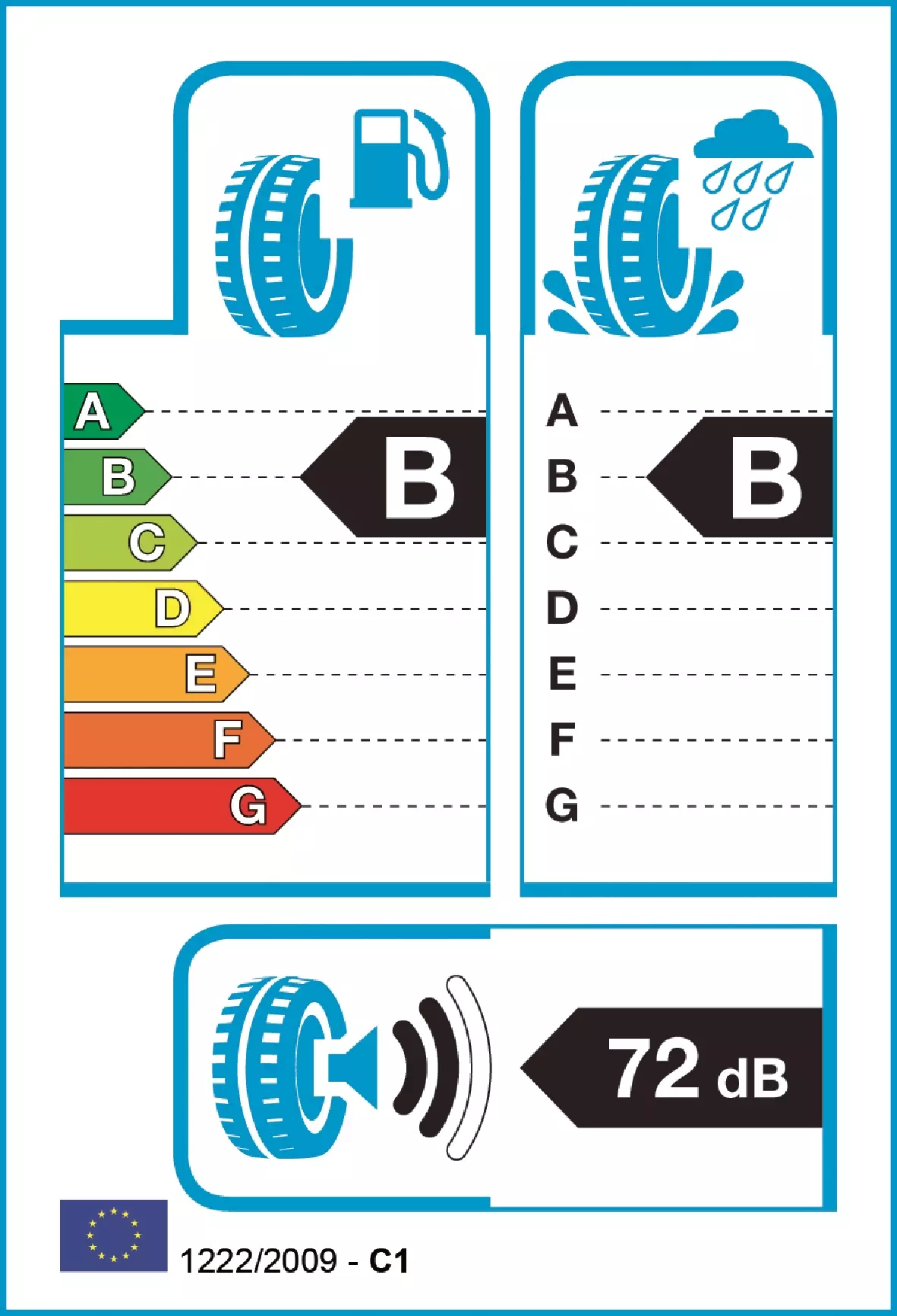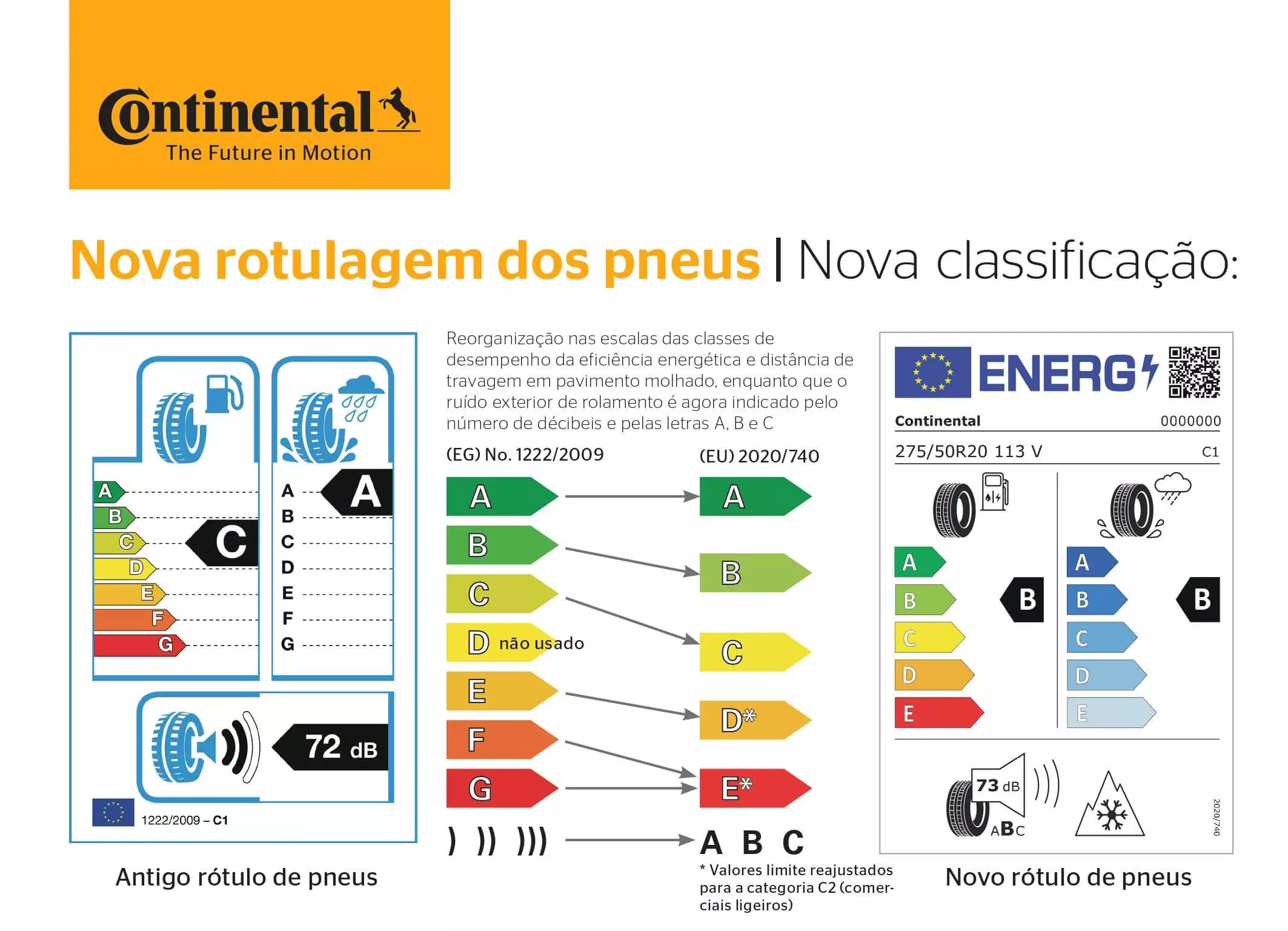Created to help consumers make a more informed choice, tire labels will change from May this year.
In order to provide more information to consumers, in addition to a new design, the new labels will also feature a QR code.
In addition, the new labels also include changes in the scales of the different categories of tire performance — energy efficiency, wet grip and external rolling noise.

A QR code for what?
Inserting a QR code on the tire label is intended to allow consumers to access more information about each tyre.
Subscribe to our newsletter
This code provides an address to an EPREL database (EPREL = European Product Registry for Energy Labeling) which contains the product information sheet.
In this it is not only possible to consult all the values of the tire labeling, but also the beginning and the end of the production of the model.

What else changes?
On the new tire labels, the performance in terms of external rolling noise is indicated not only by the letters A, B or C, but also by the number of decibels.
While the A to C classes remain unchanged, in the C1 (tourism) and C2 (light commercial) vehicle categories there are novelties in the other classes.
In this way, the tires that were part of the E class in the areas of energy efficiency and wet grip are transferred to the D class (until now empty). The tires that were in the F and G classes in these categories will be integrated in the E class.
Finally, the tire labels will also have two new pictograms. One indicates whether the tire is intended for use in extreme snow conditions and the other whether it is a tire with grip on ice.
Subscribe to our Youtube channel.
